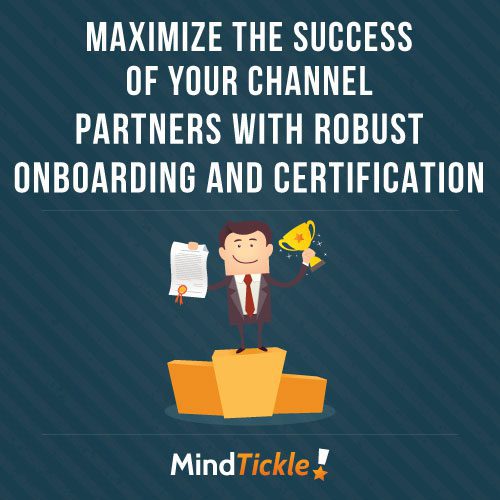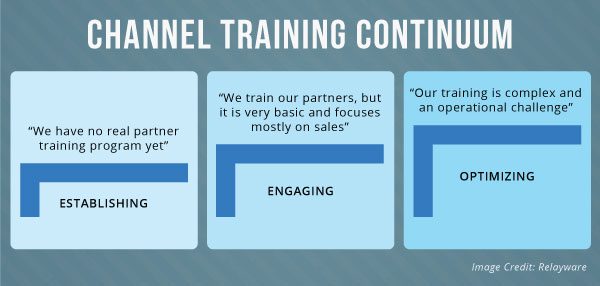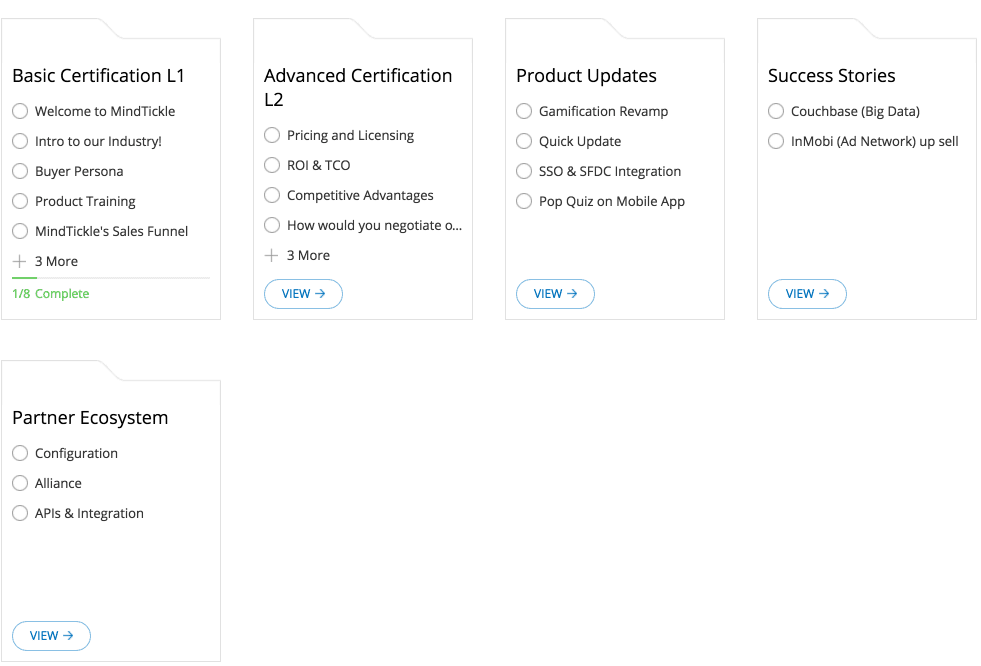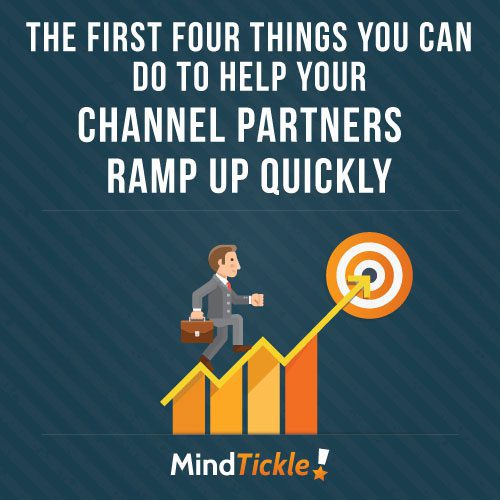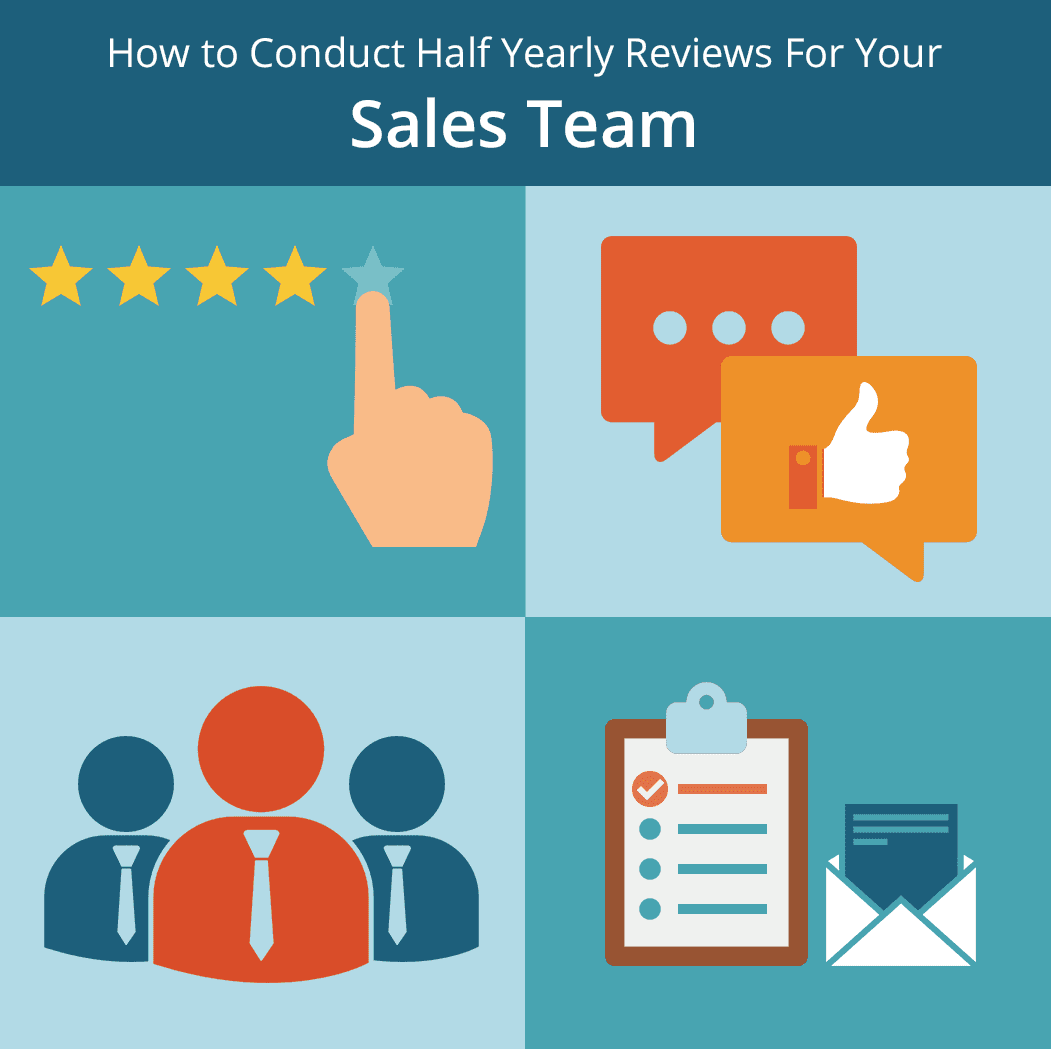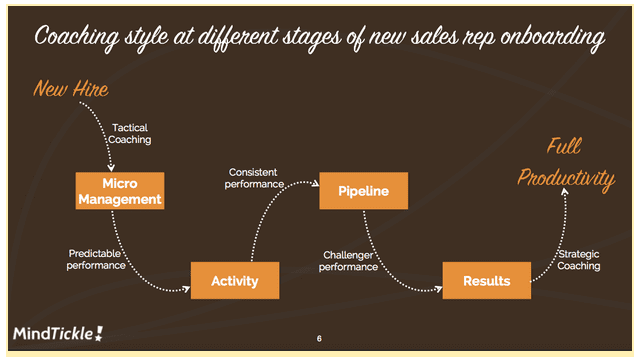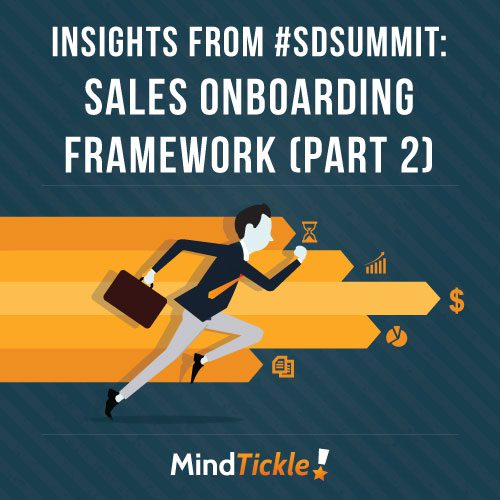How to Create Engaging Training Content With Limited Resources
Have you ever had that experience of attending an event, watching a video, reading a blog post, or listening to a TED talk that made you feel captivated and excited to share what you experienced with the world?
Not many people can define what “engaging content” really means when it comes to training. What’s more, many learning professionals are facing significant cost and time pressure to engage new hires, keep employees up to date on compliance, and provide continuing education to further develop the workforce skills. It can be a very overwhelming job, but we have to do it well!
In order to unpack how instructors can design more engaging learning experiences that make employees say “that was awesome”, we chatted with Charbel Semaan, ex-Googler and Yahoo instructional designer, and Mohit Garg, Co-Founder of Mindtickle.
Charbel, what makes content engaging for learners?
Charbel: Engaging content is something a learner would consume even if it wasn’t required. The bulk of corporate training is required content. There’s very little choice in what a learner consumes. Contrast that with social media streams or online streaming video, full of various content.
What makes you click on an article from BuzzFeed? What makes you pick an original series from Netflix or Hulu? I ask myself: What would happen if it was a requirement for me to click on someone’s post from their Twitter feed? Would I be more or less likely to engage?
The balance is between giving learners more choices in content to engage and making required content more likely to spark a desire to engage. For the former, we ought to loosen the reigns in creating rigid curriculum flows for adult learners; for the latter, we could learn much from cross-functional fields like marketing, behavior science, and gaming (e.g. headline copywriting and its relationship to course title copywriting, engaging YouTube videos that make you want to watch over and over, or addictive games like Flappy Birds or Timberman).
Mohit, same question. What makes content engaging for learners?
Mohit: Let’s draw upon differences between how consumer-centric and employee-centric learning are viewed. When you consider consumer-centric learning, for example when learning on sites like Coursera, Skillshare, and Udemy, the learner chooses to invest there because they want to invest in themselves and get smarter.
By contrast, with employee education, the focus is on “how is this person going to benefit my organization” rather than the individual learner. However, the same person who would choose to use tools like Coursera, Skillshare, and Udemy on their own time to learn does not disappear in the work environment.
You can have different personas for your learners in these different contexts but you must keep in mind that their aspirations are the same whether they are at work or learning on their own. To increase engagement, a sense of purpose should align with a person’s aspirations as an individual and as an employee. For millennials, this is even more important.
Gamification can help to create engagement and motivation as well. It provides feedback and can be used to aid in setting aspirational and motivational goals. Social aspects can be tied to the learning experience with gamification.
To increase engagement, a sense of purpose should align with a person’s aspirations as an individual and as an employee.
Charbel, why should leaders care about making training content engaging?
Charbel: If you’re a leader who has ever uttered the words, “We believe in developing our people, their talent” or “We want to provide our partners with the best resources to share/sell our product” then I would hope you show that commitment through engaging educational content.
Otherwise, what are we really telling our employees, colleagues, partners, and customers? I think we’re telling them it’s not important enough to invest in high-quality training content so what we have over here is good enough.
We can learn from cross-functional fields like marketing and bring this to employee training to optimize it. The point I’m making is it that we don’t look at examples of how other functions succeed and we “stay in a silo”.
Marketing and training go hand and hand and the line is increasingly blurred. Incorporating a strong content marketing focus helps engagement which in turn helps people do their job better. I think those lines are blurring in a good way.
Charbel, but what should you do when you have to create engaging training content in an industry or field that most would consider to be “dry” and dare I say “boring”?
Charbel: I was talking with a LinkedIn Technologist about instructional design. She asked me what I considered “instructional sound.” I believe it’s about engagement. My measure of engagement is: would the learner engage with and consume content if they didn’t have to? It can be daunting for educators to have to answer the question: how do you make “boring content” interesting?
My advice takes a look at organizations and brands who do this well. For example, ZenDesk is a customer service tool. You may think it would be tough to make that engaging but they use humour and great branding. There is one feature where they had an old couple talking about customer service topics in a humorous way. Another strategy I’ve seen people use is to be self-deprecating. Go ahead and call out the fact that it isn’t exciting. Making the training as applied as possible also helps.
The bottom line here is to be creative and think about how to connect creative thought to the learning experience. Making an investment in this thought process is not always appealing. However, taking shortcuts is not good enough; we need a mentality shift.
Mohit, what are benefits for leaders who focus on creating more engaging training experiences?
Mohit: Learning investment to date has been driven by 2 motivating factors:
1. fear of loss. Think regulators, compliance, litigation etc…
2. promise of gain. Think more engaged and productive employees. We are all familiar with the “fear of loss” factor. I want leaders to focus on possibilities and potential of investing in the second factor, “promise of gain.”
A growing number of organizations realize the potential benefits of effective onboarding, there is increasing recognition that greater investment in onboarding can translate into a larger ROI. Engaged employees are better for ROI. They have a longer tenure, lower turnover and they get to productivity much more quickly.
From a sales training standpoint, according to an SAP study, salespeople spend 65% of their time searching for information and looking through reports to support selling. Providing the right sales tools and more engaging training allows the salesperson to spend less time researching and more time in front of customers. This is a source of creating value.
Charbel, what are some barriers that prevent learning content from being engaging?
Charbel: In terms of barriers, learning and development and human resources are almost always viewed exclusively as a cost centre. High-quality content and design of training material, courses, and skilled people to do it becomes a question of spend vs. investment.
What further complicates it is the lack of clear measurability of ROI of training content as it relates to revenue, profit, and savings. We focus too much on vanity metrics instead of metrics that have a relationship with the business itself.
Following up on that question, what are some myths about creating engaging content?
Charbel: One of the biggest myths about creating engaging learning content is that good design is meant for websites and apps. Why not training content? Another popular one is that good design is expensive – it doesn’t have to be.
Then there is “I’m not creative enough to make the training look better.” We need to keep in mind that design isn’t just about how something looks.
One of the biggest myths about creating engaging learning content is that good design is meant for websites and apps. Why not training content?
Mohit, are there other barriers or myths you’ve noticed?
Mohit: One barrier I see is learning and development not being in sync with the learner’s persona. Sometimes instructors don’t do enough research on what would be best for the learner.
Another challenge is that the production tools are not agile production tools and/or there is a long production cycle. When this happens the training content is often out of date or is not relevant anymore.
One of the myths I’ve encountered is that some trainers believe throwing in animation and audio effects will make content engaging. The other myth is that you need to have a fancy, professional production set-up for creating visuals. You can do this with your iPhone video camera!
It is more about speaking to the learner and figuring out the audience and context. There is potential in creating content on your own.
Charbel, does it cost a lot to produce engaging content?
Charbel: I think the first thing to consider is emphasizing investment, not cost. From there, it’s easier to make decisions that are based on what’s optimal. Another perspective: Spend on the expensive stuff if it’s the right tool and this can bring value (especially if someone on the team can maximize its value).
For example, don’t buy Adobe CS just so an employee can crop/resize an image in Photoshop. Plenty of free tools to do that. If your employee can make incredible graphics and engaging visuals, however, then why limit them to an inexpensive tool with limited features?
Where you spend more on value for one tool, you can always spend less and save on less important tools and resources.
Mohit, if I am pressed for time and need to scale training in a rapidly changing business environment, what are some effective ways to create a scalable and repeatable process for developing engaging learning content?
Mohit: In this type of environment, facilitating informal learning in your organization is key. This can be accomplished with a social platform and discussion boards with question and answer capability. This will alleviate the need to refresh content and you can create e-learning faster on the fly.
Also, in this type of environment, production at scale is very important. Not everything can go through learning and development. Instead, we need to create a culture where subject matter experts within the business can own content creation.
An agile learning platform can enable business line managers to create content. With complex tools, these subject matter experts will not be empowered. For example, a manager could create a course by copying a template or copying an existing course as a starting point. This is an example of how you can empower experts within your organization to help develop training content.
Charbel, any final words to add?
Charbel: Look at things in a decentralized way. Don’t spend a ton of money on expensive tools. Instead look at tools that help you to achieve the end result. If you don’t need the full features Final Cut Pro, you can use iMovie. Learn how to hack and squeeze every last drop. On the flip side, don’t just get something cheap with limited features. Invest in the “right tool for the job.”
I also encourage you to use design resources as inspiration. Look up what popular people do on Dribbble, YouTube, Visual.ly, etc., to see how they design their content. What can you borrow from them? What dots can you connect between two different media to implement into your training content? This speaks to combinatorial creativity, and Maria Popova and Austin Kleon are two writers who explore the concept of borrowing and connecting dots from other people’s creativity.
Finally, set up a system for success. This will help you save time and gain efficiency. Leveraging templates and a process as much as possible for all types of content helps you nail the editing and publishing process.
For instance, check out Wistia, they use the same set up every time for more efficient video shoots. They have the same lighting and camera placement and markings on the ground. This makes it easy to go shoot in minutes. You can dedicate space to this.
Another example is Moz.com, with their Whiteboard Fridays feature. It is super simple. They use the same whiteboard set up. Also, they shoot everything in one take, this reduces post-production editing.
Thank you Charbel and Mohit for your helpful insight on making training content more engaging!
If you’re interested in achieving “that was awesome” level training experiences, we’d love to connect with you! Let us know your thoughts on how you create more engaging training in the comments.









